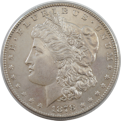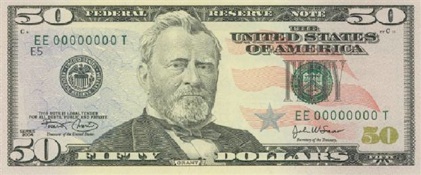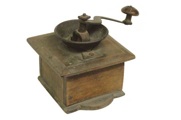Historical money equivalents

Hard to do math in your head?
Multiply x5,
then x10 (or add a zero to the end.)
FOR TWO CENTURIES, from the 1700s until World War I, the average wage for one day’s unskilled labor in America was one dollar.
“Another day, another dollar…”

At the 2009 minimum wage, $7.25 per hour x 8 hours, that’s $58.

Simply multiply any historical dollar amount you may encounter reading history by 50 to get a rough idea of its buying power to an ordinary worker.
It’s that simple!

Remember
This is all based on a day’s pay—historically a male unskilled laborer working 10-12 hours, six days per week. Some earned more, most, including women and children, earned less. Slaves earned nothing!
This method works better when comparing labor-intensive products and services rather than machine-made items and food which are far cheaper and more plentiful for us due to industrialization and overseas labor—where some workers still earn a (modern US) dollar a day!
This formula does not work after World War I. Inflation, abandonment of the gold standard, recessions and government changes made 20th century finances chaotic compared to the relative stability of the preceding 200 years.

How do you use it?
Blenheim Bridge Construction
Schoharie County, New York, 1855
The total contract cost of construction was $6,000. Bridge designer/builder Nicholas Powers was paid $2,000 based on a rate of $7 per day. That would be 285.7 days which is a year in upstate NY where winters are long and snowy. Workmen were paid $1 per day. [See? We didn’t just make this up!]
The bridge used 3600 pounds of iron bolts and 1200 pounds of washers. We do not know their cost.
Nearby trees were felled, hauled to the site, hewn, sawn and the pieces fitted together on land – like building a barn. Then the bridge was disassembled and re-assembled over the river. Piers were built of local stone.
Subtract Powers’ salary and there is $4,000 for materials and labor. Anything he didn’t spend he presumably got to keep. Any cost overruns came out of Powers’ pocket. Divide $4,000 by 285.7 days to get a cost per day of $14 for materials and labor. This means that Powers had fewer than 14 workers – perhaps as few as 5 to 7. That would be a small enough workforce to be managed by Powers alone without the need for more highly skilled workers. The local farm laborers would have known how to help build a barn.
So, in early 21st century dollars, the following equivalents may be estimated based upon the laborers’ wage of $1.00 per day being equivalent to 2009 minimum wage of approximately $50.00.
Powers’ salary today would be $350 per day, his total for the job, $100,000. Not a bad annual salary for a chief engineer.
Total cost of the bridge, the longest single-span wooden covered bridge in America - $300,000 in today’s money. Remember, other than the bolts, and nails for shingles and siding, the materials were trees and stones. And the bridge is still standing, a National Civil Engineering Landmark!

Here’s a coffee grinder of a type that sold for 35 cents in the 1897 Sears & Roebuck mail-order catalog. Multiply that x 50 and it might cost $17.50 today.
Look one up on Amazon.com!

In 1903, this Rambler automobile, one of the first cars to be mass-produced, sold for $750. Multiply by 50 and that’s $37,500 in today’s money.
Expensive? Yes, but note that most of the Rambler’s individually built competitors sold for about 2 to 3 times more ($75,000 - $100,000 today!)
At a dollar a day, six days a week, a 1903 annual salary would be about $300 (x50 = $15,000). That's 2 1/2 years of work to buy this car for an unskilled worker.
Today’s minimum-wage annual earnings ($50 per day, 5 days a week for 52 weeks) are about $13,000.
How does that salary compare to the price of an inexpensive new car today?
US Silver Dollar, 1878
To estimate the modern buying power of early American money, just
Multiply x 50


